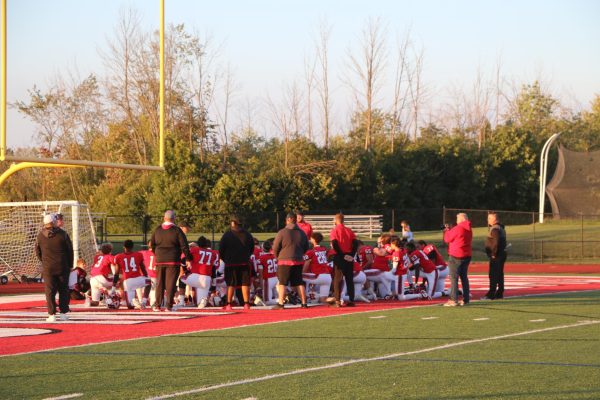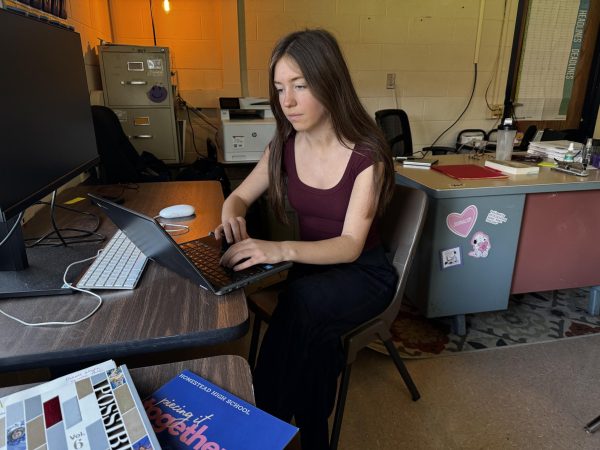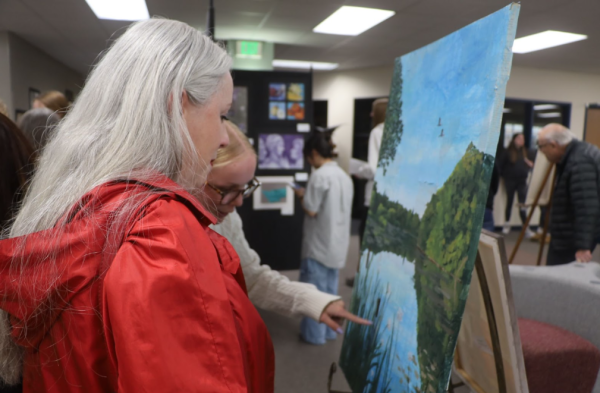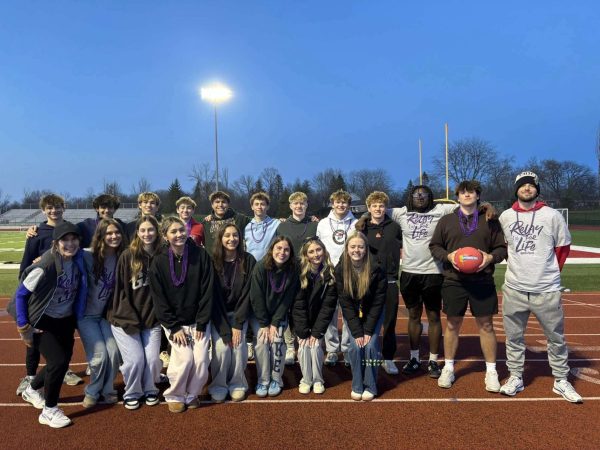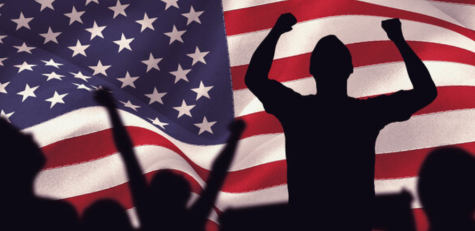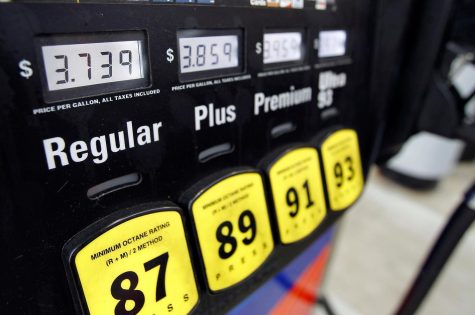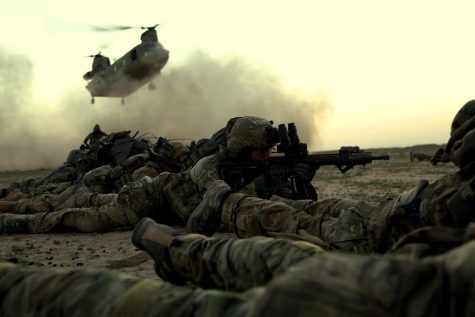A year in space
Expedition 46 Commander Scott Kelly of NASA rests in a chair outside of the Soyuz TMA-18M spacecraft.
On March 1, astronaut Scott Kelly returned home to Earth after nearly a year in space. The goal of sending him to the International Space station was to learn about the ways that long-duration spaceflight would affect the human body.
Scott Dulchavsky, Henry Ford Hospital surgeon and NASA scientist, says, “The research doesn’t just help astronauts, but those of us on Earth as well because they are learning how to diagnose, prevent and treat medical conditions in a very challenging environment, which can help ultimately everyone.”
According to Fox 6 Detroit, ”While Kelly was in space, he drank nearly 200 gallons of recycled urine and sweat, collected from himself and everyone else on board. He completed 5,440 laps around the planet. Logged 143.8 million miles. Welcomed nine visiting spacecraft. Shared the place with 14 other humans, including his roommate for the long haul, Russian cosmonaut Mikhail Kornienko, who also returned to Earth.”
From the eyes of NASA’s Human Research program, “The One-Year Mission is not yet over just because the flight has landed,” Dr. John Charles, associate manager for international science for NASA’s Human Research Program, said.
During the Agrospace conference on March 4, Dr. Charles told reporters that the studies conducted on Kelly and Kornienko are not completed and that no conclusions were made yet, but that the data should come back very illuminating and enlightening.
Test and sample collections will continue now that he is on the ground and some of the experiments will not have their final data sets until September. Many of the blood and urine samples of Kelly and Kornienko remain on the space station, awaiting a ride back on the next cargo capsule sent by Space Exploration Technologies, or SpaceX.
Kelly will be subject to extensive testing for the next few weeks and will continue to have further tests throughout the year.
According to New York Times, “One thing that is already gone is the 2 inches of height he gained in space, where the absence of gravity allows the disks that cushion the spine to expand. Dr. Charles said the fitting of spacesuits and the seats in the Soyuz have to be designed to accommodate growth in space.”
“I think the only big surprise was how long a year is,” Kelly said. “It seemed like I lived there forever. It seemed longer than I thought it would be.” Although he is good now and did fine during the duration, he mentions that the hardest part was being away from the important people in his life.
“It’s neat how Scott Kelly was willing to participate in this experiment for the better of others, even if it was for a year. I think it would be neat to visit space one day to truly see what life is like without gravity,” Drew Gebhardt, sophomore, said.
Kelly said this was probably his last mission for NASA. “We have so many talented people in our office, there’s no reason to fly me again,” Kelly said.
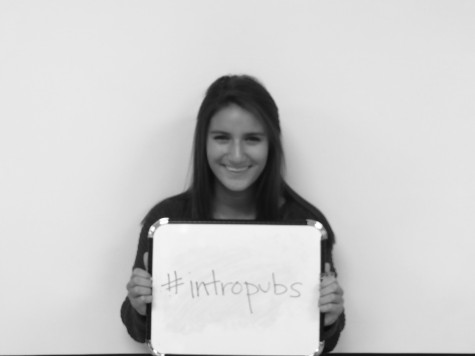
Fotoula LaGalbo is a freshman who enjoys hanging out with her friends and family. She loves to listen to any kind of music and is very enthusiastic about...


